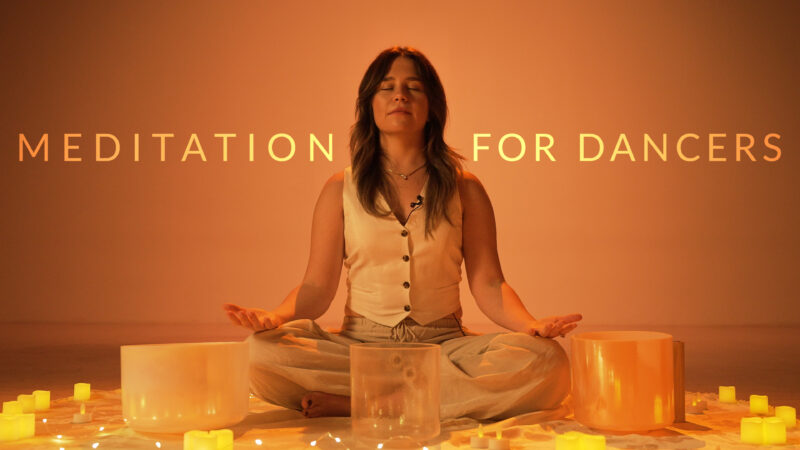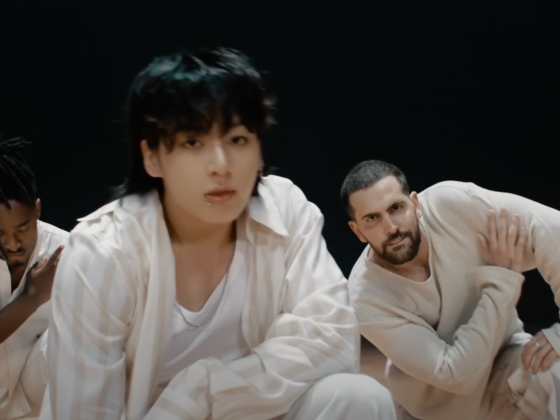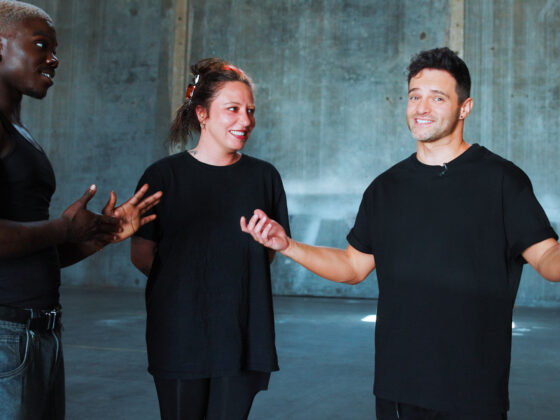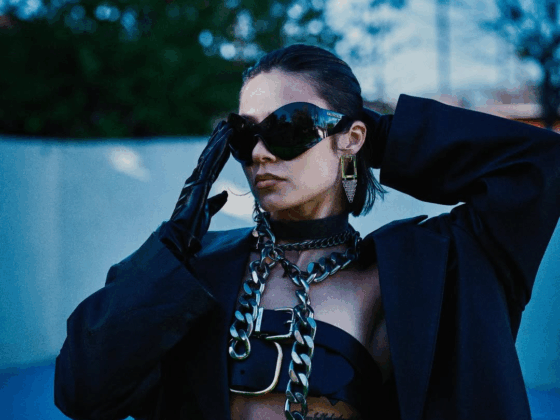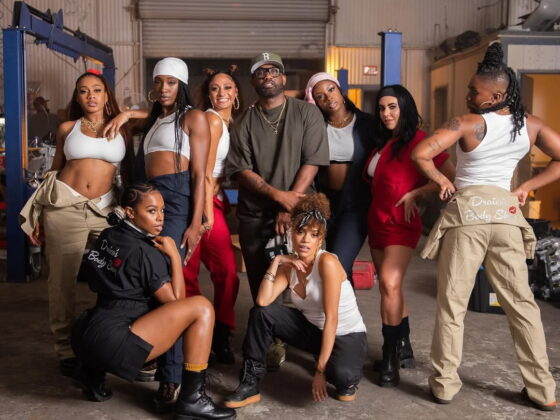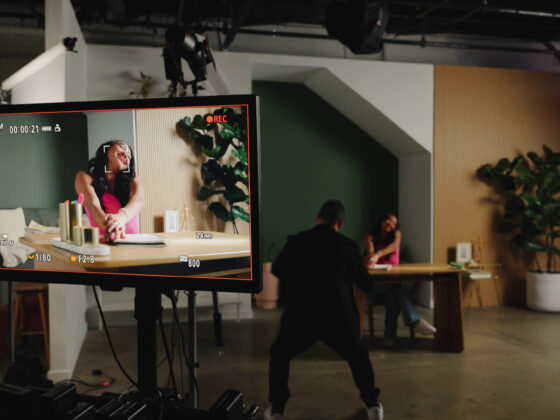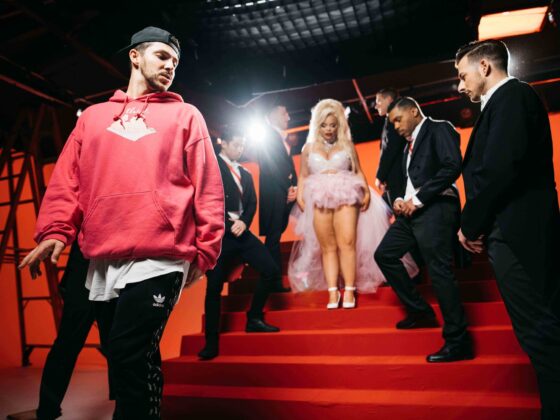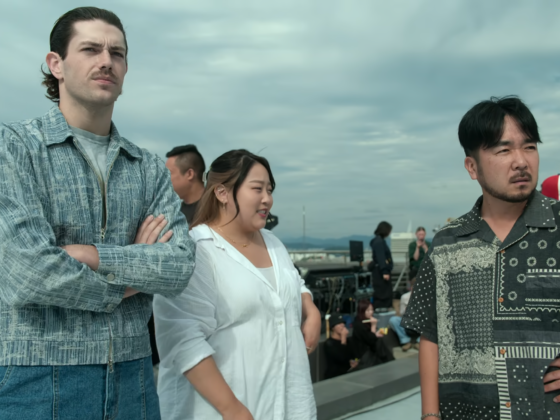In conjunction with TMilly TV’s Meditation Series for Mental Health Awareness, Reanna Shay elaborates on meditation as a profound practice for silencing the mind, fostering clarity, and connecting deeply with one’s intuition and higher self. She addresses common misconceptions and emphasizes the scientifically-backed benefits of meditation for overcoming subconscious limiting beliefs and patterns. Through her insights, Reanna invites skeptics and beginners alike to reconsider meditation’s role in personal growth and mental wellness.
Could you define what meditation is?
Reanna: Meditation is a way to silence the thinking brain and to get deeper into the body. It’s a way to calm the nervous system and connect to your intuition, your inner knowing, and your Higher Self. I believe meditation brings silence, so that it can bring clarity if you have any questions or concerns about the direction of your life.

Some people stray away from the school of thought surrounding religion, whether it’s due to religion, or due to “I know the pathway I’m on. Why do I need to quiet my mind?” For people who are naysayers for meditation, what would you say to them to maybe get them to think out of that box?
Reanna: When it comes to silencing the mind, there’s so much scientifically that’s coming out as to why meditation is important, because our subconscious and our conscious mind are two separate things. Our beliefs and patterns come from a time in our lives ranging from zero to seven years old, and our brains are like sponges at that point. We pick up a lot of things, and we grow. We get older, and those thoughts, limiting beliefs, doubts, and fears can still play out in our life, subconsciously. When we quiet the mind and allow those things to come up and bring it into the conscious mind, we are able to choose differently in our life. We’re then able to let go of things that we feel are holding us back or quit following a certain pattern that isn’t leading us in the direction that we want to. That’s why meditation, stillness, and finding time just to connect, in general, whatever that looks like – if that’s just, finding stillness in the body and eventually building it into the mind. It’s all beneficial because our bodies and minds are so powerful, and we can heal and redirect them. I think manifestation can also have “woo-woo” fluff around it, but as we’re getting more and more knowledge, it’s actually super science-based and energetic-based of how we can evolve as humans.
Would you say meditation, visualization, and manifestation are kind of connected?
Reanna: Absolutely. Everything is energy. We’re all connected. Everything is one. That’s proven. When we’re thinking from a certain point, or when, again, something subconsciously, is looping in our mind that we can’t come out of, that’s going to then manifest into our life subconsciously, or consciously. When we go in and still the mind, we get into the body. We work through things like trauma. It could be just something that has happened once in our life that makes us think a certain way about this or that. When we allow ourselves to be still, let that come up, question it, work through it, heal it, process it in whatever form that may be, then we can change the direction physically and take action in our life. We can manifest what we want in our life and truly create what we desire in the physical realm. I believe that that’s all very connected and very possible to have exactly what you want; however, unfortunately, there are things that happen in our lives that can be out of our control, obviously, that stand in our way of building our dream life. So, yeah, I really do believe all of it is very much connected.

For some people, meditating, being quiet, and stilling the mind, as you said, can bring up difficult things, and the actual practice itself, is difficult to perfect. Some will say “I can’t still for that long,” or “My mind is just racing. It’s impossible to quiet it.” How would you recommend combating those opinions towards meditation?
Reanna: I first want to talk about mental health awareness – I am in no way a therapist or have gone to college for that information. I think with a lot of this type of topic when it comes to healing and when it comes to facing things that in our past that maybe have happened to us, obviously, having a support system like therapy, friends, or the like to help you through that, on top of these skills and tools, can also help and is super important. For people that say, “I can’t sit still or clear my mind,” I will first say that, there’s probably something there as to why you want to lean into that belief, and start to question that. That doesn’t mean you need to sit down for 30 minutes in pure silence. You don’t need to jump all in, but even just taking meditative walks or taking one minute – like truly starting at the smallest amount that you can, you can bring more mindfulness into the things that you’re doing. When you get triggered or when something comes up and you want to get frustrated or reactive, maybe just start by saying, “Every time I start to feel this, I’m gonna take a deep breath, and just see how my body feels. Maybe I’ll try to see what’s going on in my mind, can I stop the looping? Can I stop the constant go, go, go? Can I put my phone down and get into some nature?” I think meditation can start to feel really overwhelming when people think it has to look one way, but I think meditation can look tons of different ways. Even as we speak to dancers, dancing is a form of meditation. If you’re truly connected to your body and what’s going on in the present moment and your mind, most of the time when we’re in that state, you’re so deeply connected to your body. I feel dancers can connect easiest to that form, and it doesn’t always have to look like sitting still with your legs crossed and your arms.
I think that’s a good thing to erase from the image people have of meditation being like you sitting cross legged with your hands on your knees. You can be laying down, or as you say in your meditation, you can be standing up.
I’ve done enough meditation, so if I take a deep breath, I start to feel the tingling in my fingers, which we’ll get into in a second. Can you explain what a deep breath will do to your nervous system that makes you start to become more aware of your body? What does it mean to take a conscious breath in a meditative way?
Reanna: Just bringing breath into the body in general will completely calm the nervous system and let the nervous system know that it’s safe. I’ve learned recently through my mentor that yawning isn’t necessarily a sign that you’re tired. It’s a sign that you and your body feel relaxed. It feels like it can calm down a bit, and that makes you yawn because it’s like the biggest expression of a deep breath. We breathe all of the time, but we very rarely, as the society we live in, take a breath where we actually feel how it is to expand the belly and to push that a little bit and to deflate the belly and see how our body feels after that. I don’t think one deep breath is going to immediately get you there, but if you consciously take a couple deep breaths, even for one minute, your nervous system is going to start to calm down. Then that’s usually when you’re able to find a bit more stillness in the body, and your heart stops racing and your mind stops wandering. The tingles really just come from energy being moved, so depending on where you’re physically and/or energetically holding tension, that’s where you’ll start to feel more of the tingling. Deep breath and conscious breathing is just calming the nervous system and bringing you out of fight or flight and kicking in your parasympathetic nervous system.
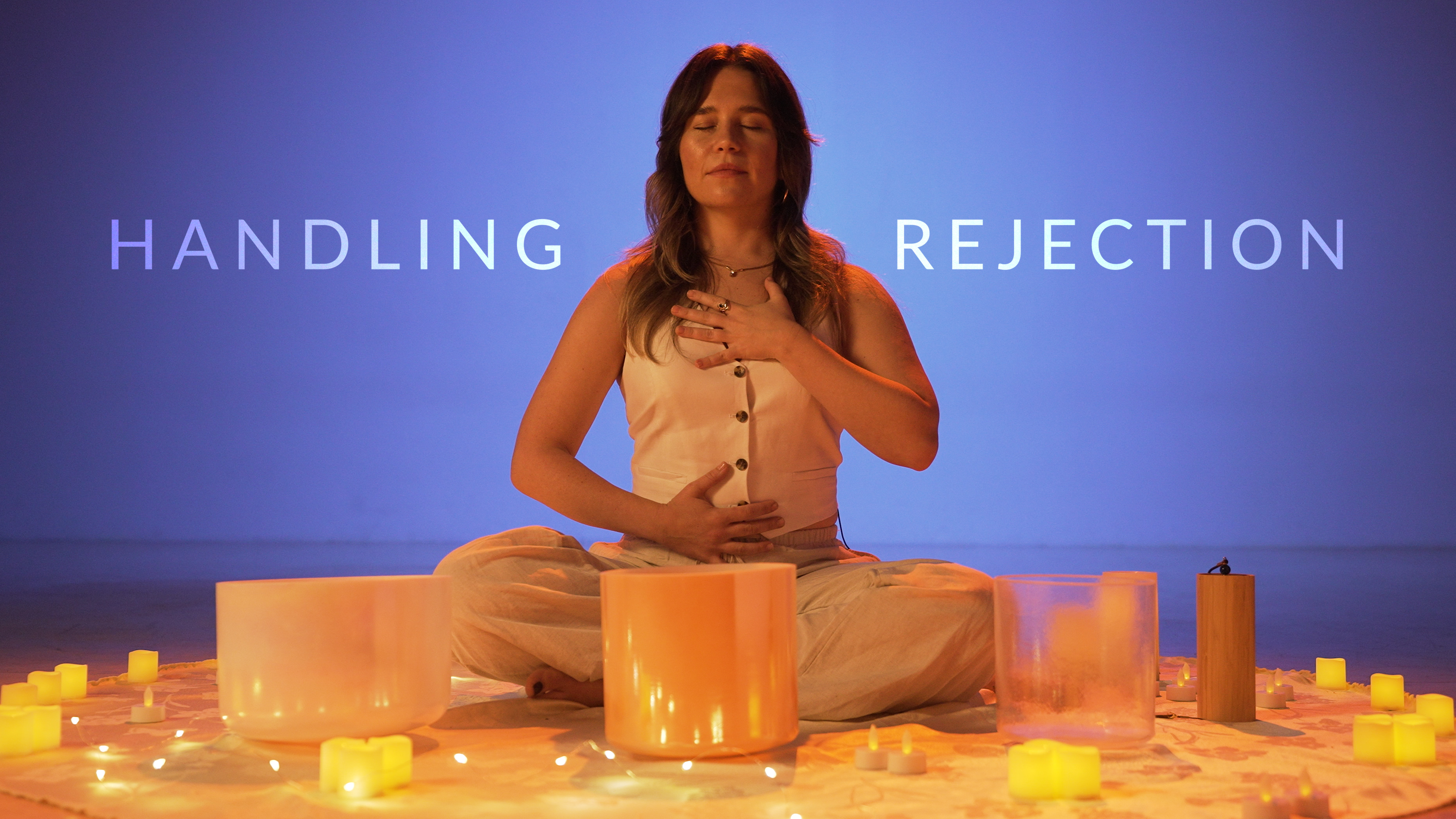
When you say breathing, for example, into your toes or another part of your body, what does that mean?
Reanna: When it comes to breathing into areas outside of our chest, belly, and pelvic floor, pretty much from the hips up, it’s really about bringing awareness to those spaces and seeing if there’s tension there. We go through our day so quickly, and sometimes, you’re not even aware that your toes or your eyebrows are cramped up. You’re not aware that you are scrunching your face the whole day or your jaw is tense. When we breathe into certain spaces, like our belly, we’re opening up our entire system down there, and that holds so much energy, like so many organs. Our heart and our hips obviously hold a lot of tension, so with those areas, you can really, really feel the breath when you focus on them. Obviously, it’s going to be different when it gets into the toes, the knees, and the legs, but we can still bring our mind to those spaces and help them relax.
When you talked about a body scan, that means simply literally scanning your body in order to just see where the tension lies?
Reanna: It’s just taking inventory of where it’s at. Because even if we’re like, “My body feels good,” and you’re instructed to bring awareness to your right shoulder, all of a sudden you feel it completely released. Our bodies are meant to heal themselves, so if we truly listen to our breath and bodies, it will bring us back to a sense of integration and healing that is super powerful. Giving awareness and visualizing into those places that normally we don’t always think of in our day to day can be super powerful, and you can activate and move the circuits and the energy that are around those spaces. Through that, there might be emotions, memories, or physical or emotional traumas that come up. It’s like an onion, layer after layer, you continue to undo, heal, and balance out as you get deeper into practices like this.
When you bring in sound bowls, what is the benefit to this rather than just listening to someone’s voice?
Reanna: Sound bowls, especially the ones that I have that we use in the series, are made of pure quartz in different minerals throughout the entire world. They’re handcrafted one of one alchemy bowls that when they are played, they give off a certain frequency and vibration, and that frequency and vibration has the power to go into the physical and energetic body releasing tension. It can wake up emotional traumas that we’re storing in the body and can just help to alchemize and bring the body back to a balanced space energetically, emotionally, and physically. What I have found, especially having a dance background, the bowls with meditation really help because it’s not just silence and someone’s voice, and especially with the mind, the bowls are able to quiet the mind even more, because you’re actually hearing sound. For me, that helps because I obviously love sound and music, and silence can be tough for me as well. The bowls bring a deeper level of healing and a more mind, body, soul experience.
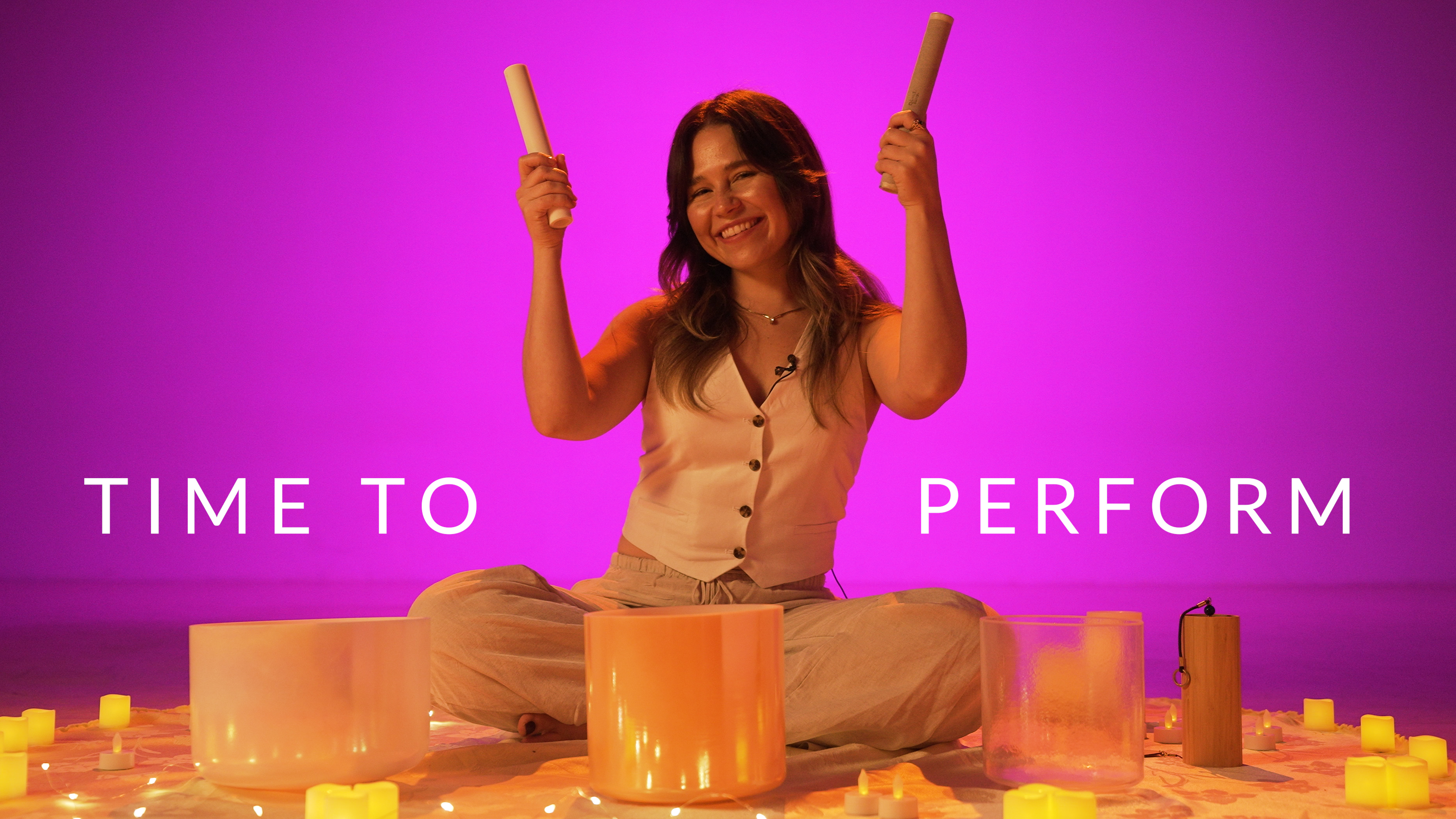
The way you play with the bowls, either circling or hitting/tapping it, is there almost choreography to that? Or is it based on what you’re feeling?
Reanna: It’s very intuitive. If I’m doing the motion to the left, it’s releasing, and when I bring it to the right, so clockwise, you’re calling in energy. There’s a certain way to release and then call in. For some of the videos, you’ll see me going to the left or some going to the right, and that’s dependent on the energy that we’re putting into the bowls. My mentor says frequency plus intention is healing, so whatever we put into the meditations and talked about plus the bowls is helping healing on a cellular, physical, and a subconscious level.
How often are you meditating on your own?
Every day.
How long can you meditate for?
Reanna: I’m at the point now where it has to be at least 30 minutes for me to feel it, where I’m able to really get into the spaces where I want to get. Again, some days though, I don’t have that. Some people don’t even have that at all, and so when people hear that, don’t feel overwhelmed and think you have to find 30 minutes a day to meditate. Start playing around with what feels good. Some people like to do it in the morning and the night, wherever it may be. Find what feels good for you and start to lean into that. It’s not going to happen overnight, and you’re not going to be drawn to it. It’s something that you do have to build. It’s a muscle.
When did you start meditating?
Reanna: I come from a state that’s relatively religious. I, myself, have not been quite religious in my life, but I’ve always been so drawn and called to people that find stillness and connect to something that’s outside of themselves. I’ve always been so curious, but I would say the idea of meditation and yoga probably came into my life 10 years ago.
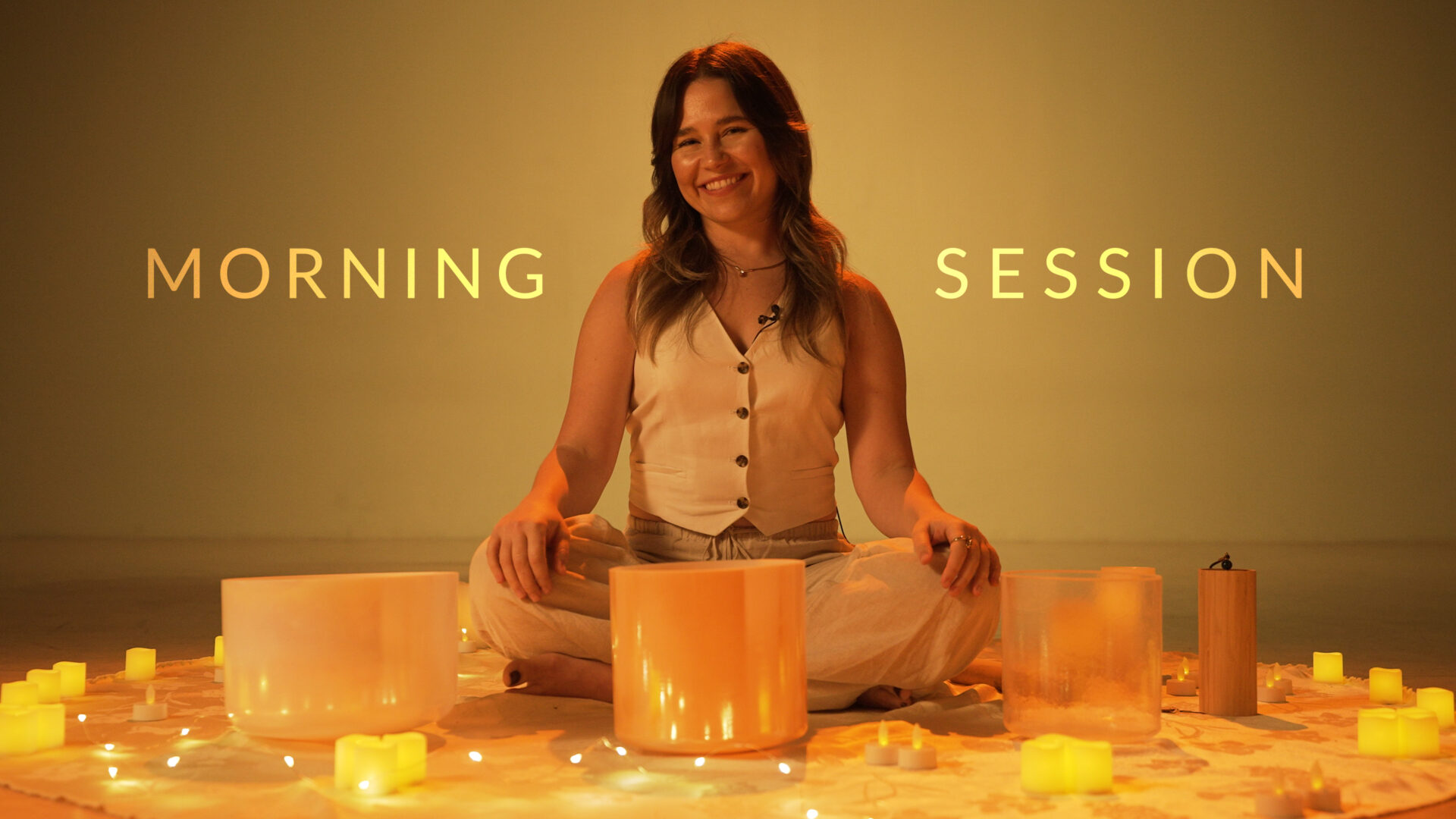
From my personal story, the one time I’ve been able to reach a trance-like state was when I was doing a body scan, and the woman who was talking said “paradoxically, when we don’t try to force the meditative goals, they actually happen more.” That day I reached a state where my breath was really shallow, and it was like another realm had entered where my body was outside of my body. Since then, I’ve never been able to get back to it, and it’s so annoying. What constitutes a successful meditation? Have you ever reached that kind of state?
Reanna: I have reached that stage a couple of times. It’s not every day, though. Just the simplicity of taking time, even five minutes, out of your day to get quiet and to still the mind and to drop into that space can be extremely healing and powerful. It’s really the gift of surrendering and letting go and not forcing, overthinking because most of the time we do that it’s not ever going to look like that. We then leave the meditation feeling frustrated, or like it was a failure, and it’s not that. It’s every time you sit with yourself and be open to whatever may come up is a form of meditation. I think that should be honored and celebrated regardless of whether you reach that other dimension or transcendent state.
The themes that you came up with for this meditation series range from morning, creativity, gratitude, audition, pre-performance, rejection, and nighttime meditations. A lot of the people on TMilly TV’s platform are professional dancers, so the audition and-pre performance would potentially apply to them, or they’re younger, more amateur, dancers where an audition or dance performance would make sense. However, for the beginner dancer, like myself, who has no desire to perform for an audience and just enjoys dancing, who is just like a beginner dancer that just wants to dance better at a party or club or something, what could they use these classes for alternatively, in their own lives?
Reanna: I think the performance, audition, and even rejection can be used for if you’re going into a job interview, going into a night out dancing, and getting out of your head and into your body and having a good time. You could listen to the performance meditation if you’re going on a first date. The performance and the audition meditations, specifically, are tailored around showing up fully as your most authentic self, so it’s funny because it’s labeled performance. However, it’s not performative. It’s bringing you back to just the essence of who you are, and I think anybody could use them for anything where they want to show up fully feeling embodied, grounded, and calm. They can go about whatever it is they’re doing and feel like themselves and not feel like their mind and their fears and their doubts are getting in the way of whatever they’re stepping into.

I did the morning and performance meditations one today, and I’ve been very focused and in a very good mood. Thank you for that.
Since it is mental health awareness month in one or two sentences, how has meditation helped your mental health?
Reanna: It has brought me to this deep, deep sense of healing that has not been easy. I won’t sit here and say, it hasn’t been an intense journey, since really leaning into my mental health and my own journey and my trauma and the things that have held me back. I can 100% say that it has and continues to help me become a more authentic human being. It has helped me manifest things that I have wanted my entire life and that have now just come so much easier because I am taking care of myself, and I am giving myself grace and patience. I’m trusting and listening to myself. Meditation and mindfulness in these tools can be completely life changing.
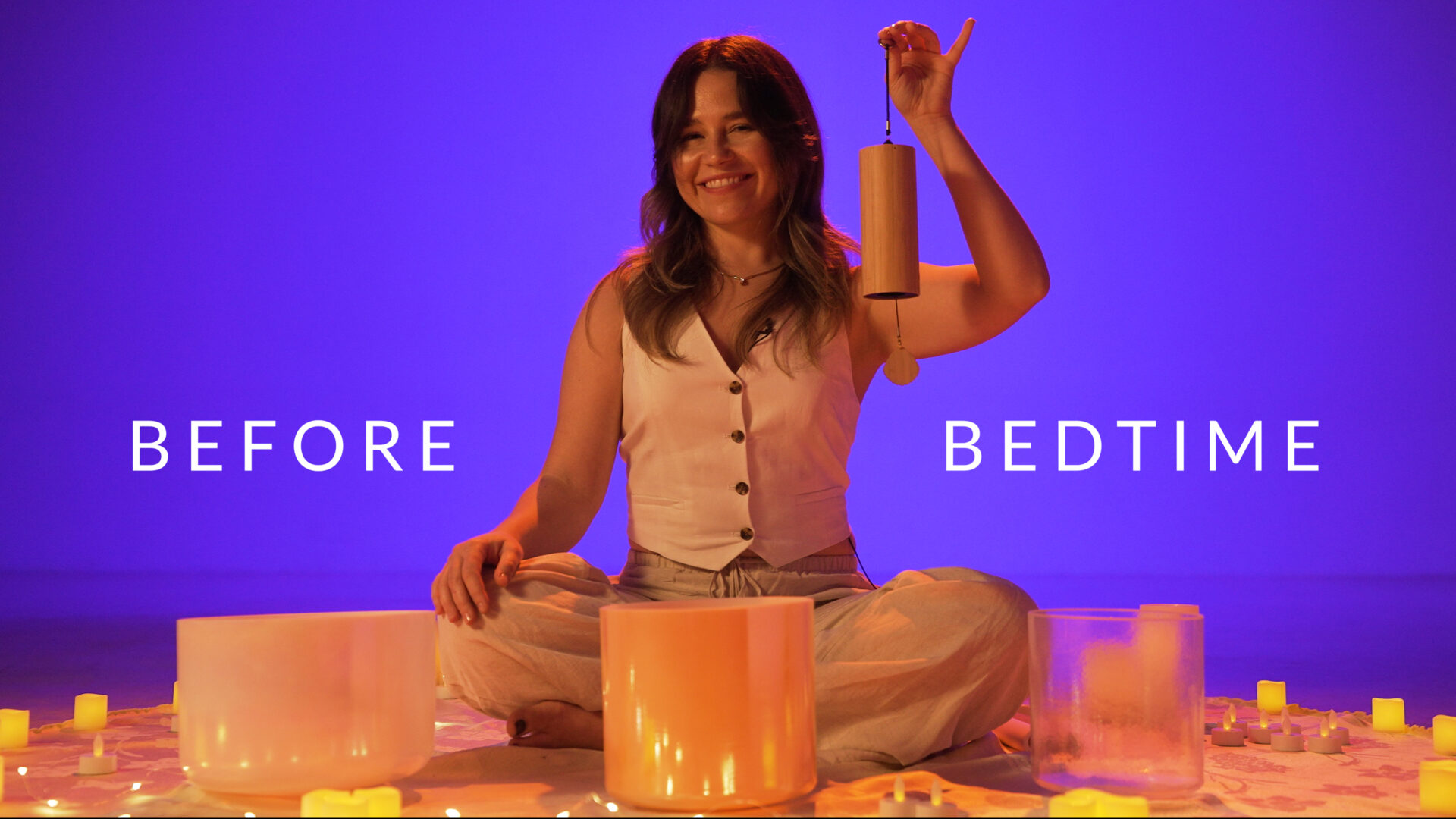
You can find Reanna Shay on Instagram, TikTok, and Youtube. Reanna also has her own community called Reawaken where she posts a lot of sound healing, journaling, and being in movement and music and all of those things. She also posts about the events she does in LA, so people can always tune in there and see if they want to come to an in-person sound bath.
___
You can take any of the meditation sessions taught by Reanna online on TMilly TV.
Meditation sessions are a new thing for us at TMilly TV. If you want more of this content, let us know by commenting below!
(And since we’re here, follow TMilly TV and TMilly Studio on Instagram too!)

